Home>Garden Essentials>How To Clean Your Artificial Pet Grass
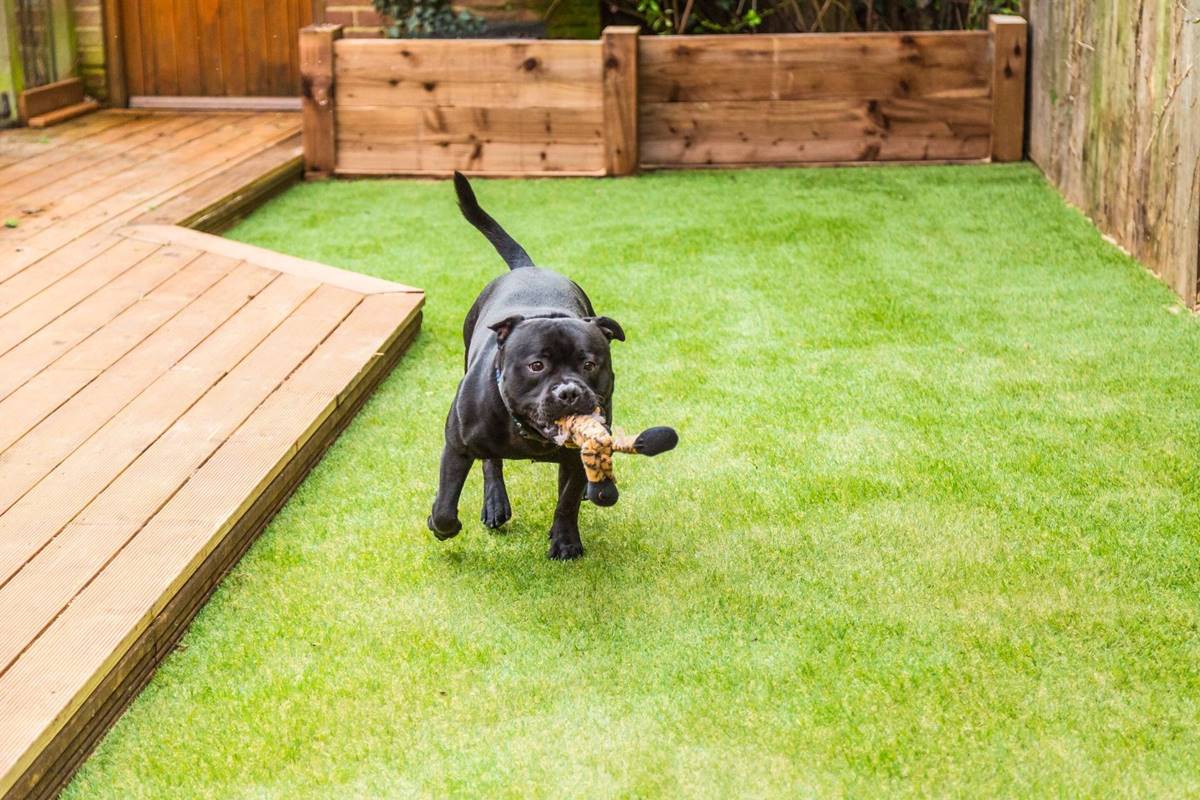

Garden Essentials
How To Clean Your Artificial Pet Grass
Modified: September 2, 2024
Learn the best techniques to effectively clean and maintain your artificial pet grass in your garden. Ensure a fresh and hygienic outdoor space for your pets with this comprehensive guide.
(Many of the links in this article redirect to a specific reviewed product. Your purchase of these products through affiliate links helps to generate commission for Storables.com, at no extra cost. Learn more)
Introduction
Welcome to the world of artificial pet grass! If you’re a pet owner, you know how challenging it can be to keep your lawn looking fresh and clean. Constant traffic from your furry friends can cause unsightly yellow patches, muddy areas, and an unpleasant odor in your yard. However, with the advent of artificial pet grass, these problems can be a thing of the past.
Artificial pet grass offers a low-maintenance and durable solution that can withstand the energetic play of your pets without losing its charm. Cleaning your artificial pet grass regularly not only helps it look its best but also ensures a hygienic environment for your pets. In this article, we will guide you through the steps to effectively clean your artificial pet grass and keep it in prime condition.
Before we dive into the cleaning process, it’s essential to gather the necessary tools. You’ll need a stiff-bristled broom or brush, a garden hose with a spray attachment, a mild detergent or pet-friendly cleaner, and a bucket. With these tools at hand, you’re ready to embark on a journey to a fresh and vibrant backyard.
Now that we’re prepared, let’s move on to the first step – removing debris from the artificial pet grass.
Key Takeaways:
- Keep your artificial pet grass clean and fresh by regularly removing debris, rinsing with water, treating stains and odors, and brushing to restore its appearance. Follow these steps for a vibrant and pet-friendly outdoor space!
- Regular maintenance, such as promptly removing pet waste, rinsing with water, inspecting for damages, addressing odors, and considering professional cleaning, is essential to keep your artificial pet grass looking beautiful and safe for your pets to enjoy.
Read more: How To Install Turf For Pets
Step 1: Gather the necessary tools
Before you begin cleaning your artificial pet grass, it’s important to have all the essential tools at your disposal. Here are the items you will need:
- A stiff-bristled broom or brush: This will help you remove any loose debris from the surface of the grass.
- A garden hose with a spray attachment: This will be used to rinse the grass and remove any dirt or residue.
- A mild detergent or pet-friendly cleaner: This will help you tackle any stains or odors that may be present on the grass.
- A bucket: This will be useful for mixing the detergent or cleaner with water.
Once you have gathered these tools, you are ready to move on to the next step – removing debris from the artificial pet grass.
Step 2: Remove debris from the artificial pet grass
Before you can give your artificial pet grass a thorough cleaning, it’s important to start by removing any loose debris or leaves that may have accumulated on the surface. This step will help prevent clogging of the drainage system and ensure a cleaner result.
Begin by using a stiff-bristled broom or brush to gently sweep the grass, working in small sections to ensure thorough coverage. Pay close attention to areas where your pets tend to spend the most time, as these areas may have a higher concentration of debris.
If you encounter stubborn debris or leaves that are difficult to remove, you can use a leaf blower or a vacuum cleaner with a brush attachment to help loosen and suck up the debris.
Take your time and be gentle when brushing the artificial pet grass to avoid damaging the fibers or pulling them out. Ensure that you cover the entire surface of the grass, including the corners and edges.
Once you have removed all visible debris, you are ready to move on to the next step – rinsing the grass with water.
Step 3: Rinse the grass with water
After removing the loose debris from your artificial pet grass, it’s time to give it a thorough rinse with water. This step will help remove any dirt, dust, or residue that may be clinging to the surface of the grass.
Start by attaching a spray nozzle to your garden hose, ensuring that it provides a gentle spray rather than a strong jet of water. High-pressure water can damage the artificial grass fibers, so it’s important to use a moderate water flow.
Begin at one end of the grass and slowly work your way across, moving the hose back and forth to ensure even coverage. Pay special attention to areas that are heavily soiled or have stains.
As you rinse the grass, take note of any areas that may require additional cleaning or spot treatment. Stubborn stains or odors can be addressed in the next step.
Continue rinsing until the water runs clear, indicating that all the dirt and residue has been washed away. Be thorough in your rinsing to ensure a clean and fresh surface for your pets to enjoy.
Once you’ve completed this step, you’re ready to move on to step 4 – treating stains and odors on the artificial pet grass.
Use a mixture of water and mild soap to clean your artificial pet grass. Gently scrub the surface with a soft-bristled brush and rinse thoroughly with water to remove any soap residue.
Step 4: Treat stains and odors
Even with regular cleaning, it’s common for artificial pet grass to develop stains and odors over time. Luckily, there are simple and effective ways to address these issues and keep your grass looking and smelling fresh.
If you notice any stains on the grass surface, prepare a mixture of mild detergent or a pet-friendly cleaner with water in a bucket. Follow the instructions on the cleaner’s packaging for the appropriate dilution ratio.
Dip a soft bristle brush or sponge into the cleaning solution and gently scrub the affected areas. Be sure to use gentle circular motions to avoid causing any damage to the grass fibers.
For particularly stubborn stains, you may need to let the cleaning solution sit on the area for a few minutes before scrubbing. This will help break down the stain and make it easier to remove.
Once you have finished treating the stains, thoroughly rinse the area with water to remove any remaining cleaning solution. Ensure that all the residue is washed away to prevent any potential harm to your pets.
To combat odors on your artificial pet grass, you can use a pet-friendly deodorizer specifically designed for synthetic turf. Simply follow the manufacturer’s instructions for application, usually by evenly spraying or sprinkling the deodorizer over the entire grass surface.
Allow the deodorizer to sit for the recommended amount of time, typically around 15-20 minutes, and then use a broom or brush to work the product into the grass fibers. This will help ensure the deodorizer penetrates deep into the grass and tackles any lingering odors.
After treating stains and odors, your artificial pet grass should be looking clean and fresh. Now, it’s time to move on to step 5 – brushing the grass to restore its appearance.
Read more: How To Give Pet Grass To Cats
Step 5: Brush the grass to restore its appearance
Regularly brushing your artificial pet grass is essential to maintain its aesthetic appeal and restore the lush look it had when it was first installed. This step helps fluff up the fibers, redistribute infill material, and give the grass a more natural and vibrant appearance.
To begin, use a stiff-bristled broom or brush specifically designed for artificial grass. Start at one end of the grass and work your way across, using short, swift strokes to lift and separate the grass fibers.
Focusing on high-traffic areas or spots that appear flattened or matted will help revive the grass and make it look more even and inviting. Be gentle while brushing to avoid damaging the grass or pulling out the fibers.
In addition to brushing, you can also use a leaf blower or vacuum cleaner with a brush attachment to remove any loose debris or particles that may have settled on the grass surface. This will help keep your pet grass looking clean and well-maintained.
By regularly brushing your artificial pet grass, you not only enhance its appearance but also improve its durability and longevity. This step is especially important for heavy-use areas where your pets like to play or rest.
Now that you have brushed the grass to restore its appearance, it’s time to move on to step 6 – regular maintenance tips to keep your artificial pet grass in top shape.
Step 6: Regular maintenance tips
To ensure that your artificial pet grass remains in top shape and continues to provide a clean and safe environment for your pets, it’s important to follow these regular maintenance tips:
- Remove pet waste promptly: Pick up solid waste and hose down any urine spots as soon as you notice them. Regularly removing pet waste will help prevent odors and maintain the overall cleanliness of your pet grass.
- Rinse with water regularly: Even if there are no visible stains or debris, it’s beneficial to give your artificial pet grass a quick rinse with water on a regular basis. This will help remove any accumulated dust or pollen and keep the grass looking fresh.
- Inspect for any damages: Periodically check for any signs of wear, tear, or damage on your artificial pet grass. Examine the seams, edges, and any areas that receive heavy foot traffic. If you come across any issues, it’s best to address them promptly to prevent further damage.
- Address odors: If you notice any lingering odors on your pet grass, you can use a pet-friendly deodorizer specifically formulated for artificial grass. Follow the instructions on the product for proper application.
- Keep the grass cool: During hot summer months, artificial pet grass can become hot to the touch. To keep it cool and comfortable for your pets, you can hose it down with water or install a sprinkler system to mimic the cooling effect of natural grass.
- Consider professional maintenance: If you want to ensure thorough and deep cleaning of your artificial pet grass, you may consider hiring a professional maintenance service. They have the expertise and specialized equipment to deep clean and refresh your pet grass.
By following these regular maintenance tips, you can keep your artificial pet grass looking vibrant, clean, and safe for your furry friends to enjoy.
With that, you have reached the end of our guide on how to clean your artificial pet grass. By following these steps and incorporating regular maintenance practices, you can ensure that your pet grass remains a beautiful and functional addition to your outdoor space. Enjoy spending time with your pets in a fresh and clean environment!
Conclusion
Cleaning and maintaining your artificial pet grass not only enhances its appearance but also creates a hygienic and safe space for your pets to enjoy. By following the steps outlined in this guide, you can keep your pet grass looking fresh, clean, and inviting.
Start by gathering the necessary tools, such as a broom or brush, hose with a spray attachment, mild detergent or pet-friendly cleaner, and a bucket. With these tools in hand, you can remove debris from the grass in step 2, ensuring a clean surface to work with.
In step 3, rinse the grass thoroughly with water, removing any dirt or residue that may be present. This will help maintain the overall cleanliness of the grass and ensure a fresh environment for your pets.
Step 4 focuses on treating stains and odors that can accumulate over time. Use a mild detergent or pet-friendly cleaner to gently scrub away any stains, and consider using a deodorizer designed for artificial grass to eliminate any lingering odors.
Restoring the appearance of your pet grass is the goal of step 5. By using a stiff-bristled broom or brush, you can fluff up the fibers and give the grass a more natural and vibrant look.
Finally, step 6 covers regular maintenance tips to keep your artificial pet grass in top shape. By promptly removing pet waste, rinsing the grass regularly, inspecting for damages, addressing odors, and considering professional maintenance, you can prolong the lifespan and beauty of your pet grass.
Remember, a clean and well-maintained artificial pet grass not only benefits your pets but also adds value and enjoyment to your outdoor space. By investing some time and effort in regular cleaning and maintenance, you can create a beautiful and pet-friendly environment that both you and your furry friends will love.
Now, go ahead and put these steps into practice to keep your artificial pet grass looking fresh, clean, and inviting!
Frequently Asked Questions about How To Clean Your Artificial Pet Grass
Was this page helpful?
At Storables.com, we guarantee accurate and reliable information. Our content, validated by Expert Board Contributors, is crafted following stringent Editorial Policies. We're committed to providing you with well-researched, expert-backed insights for all your informational needs.
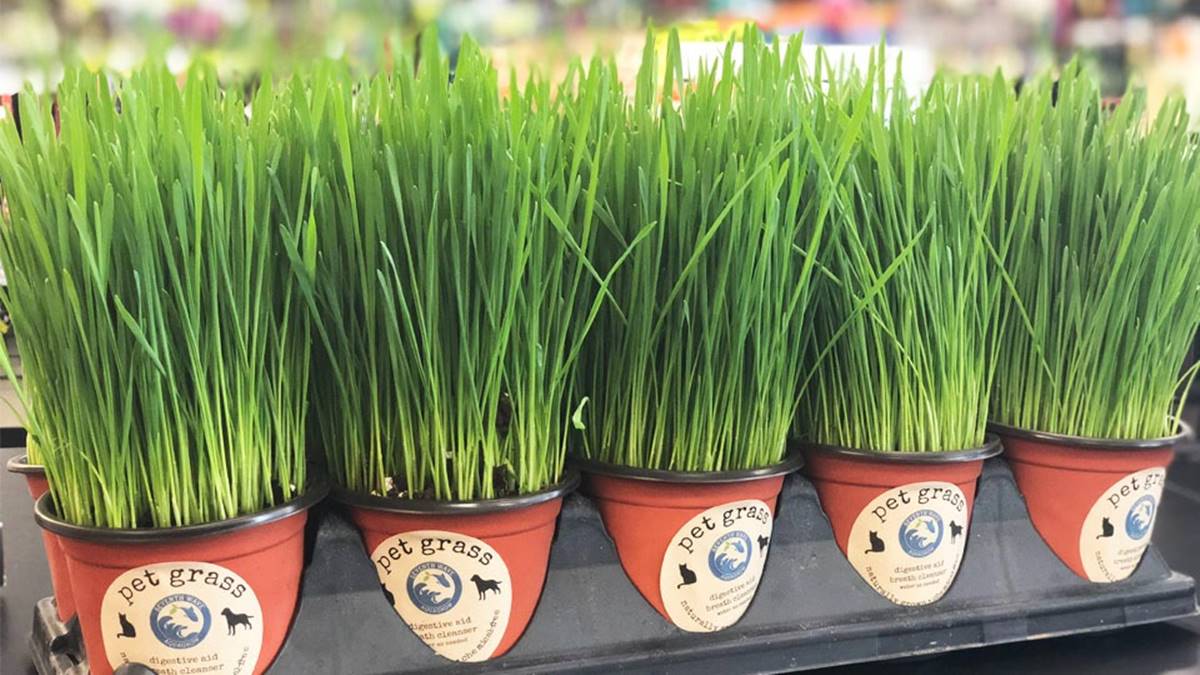
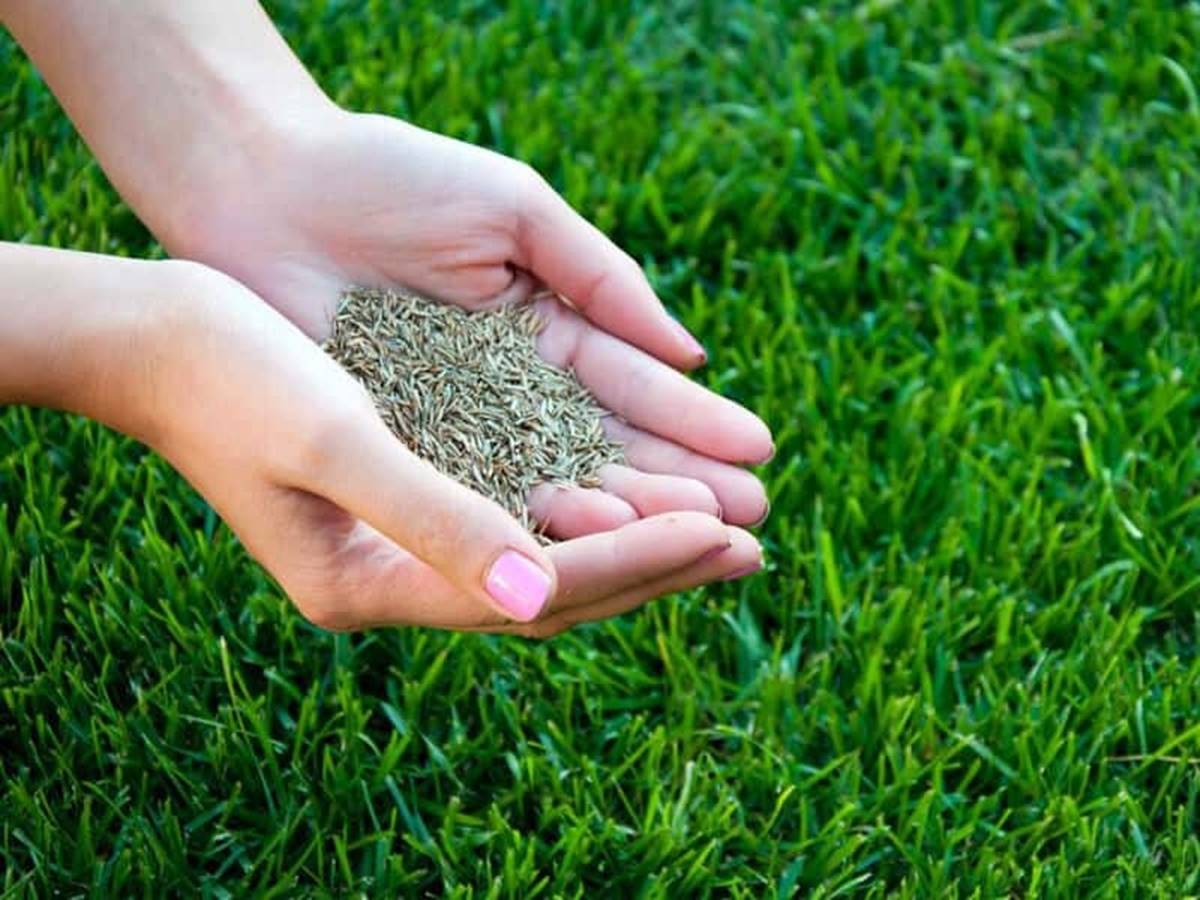
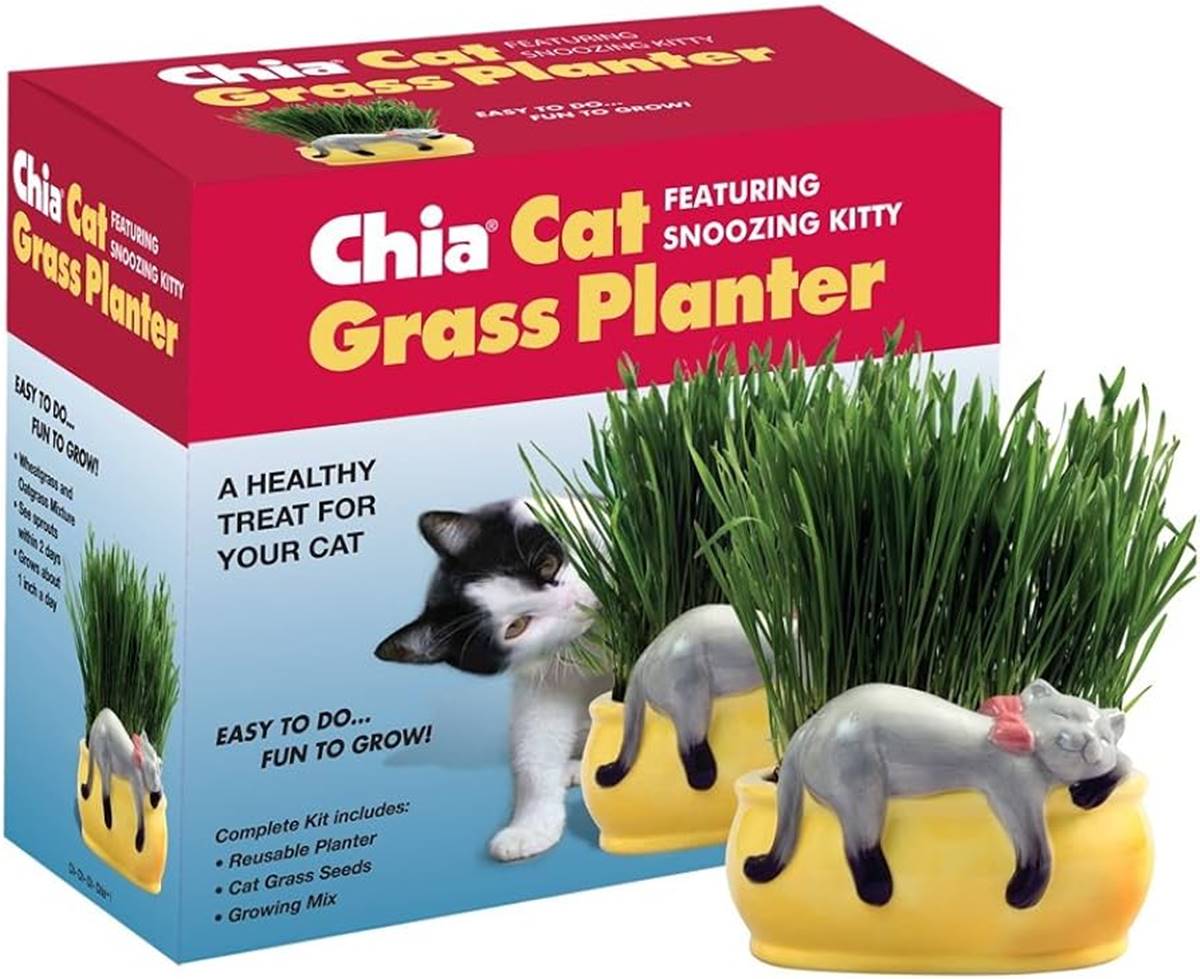
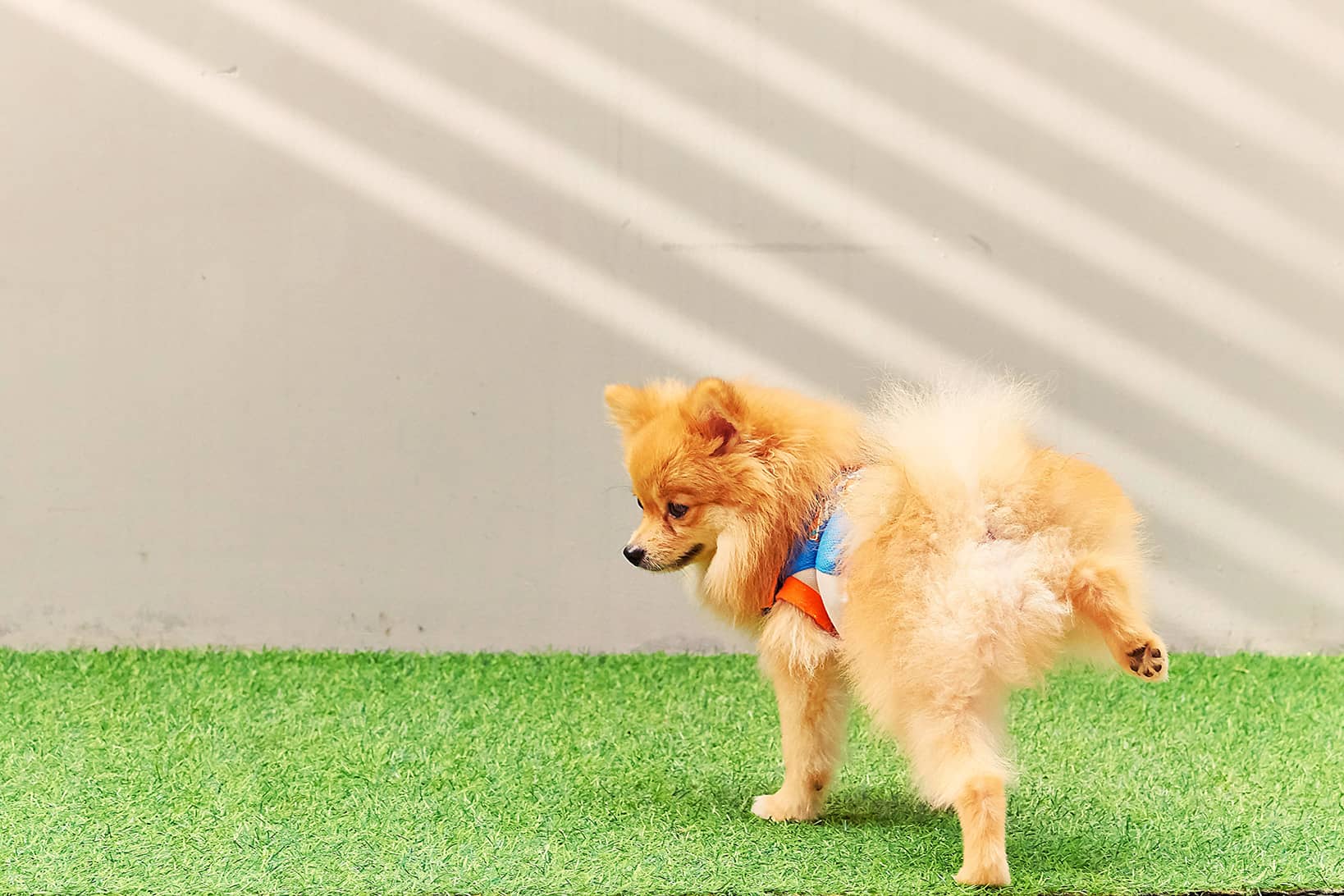
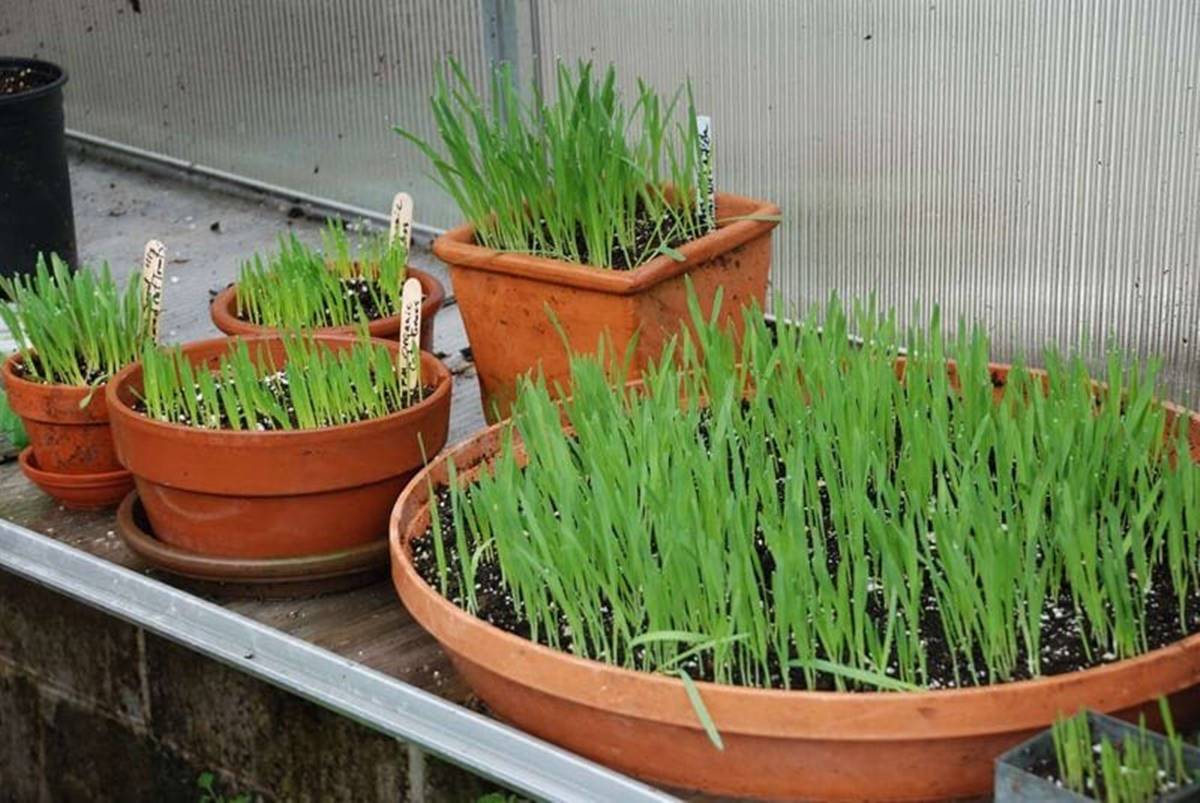
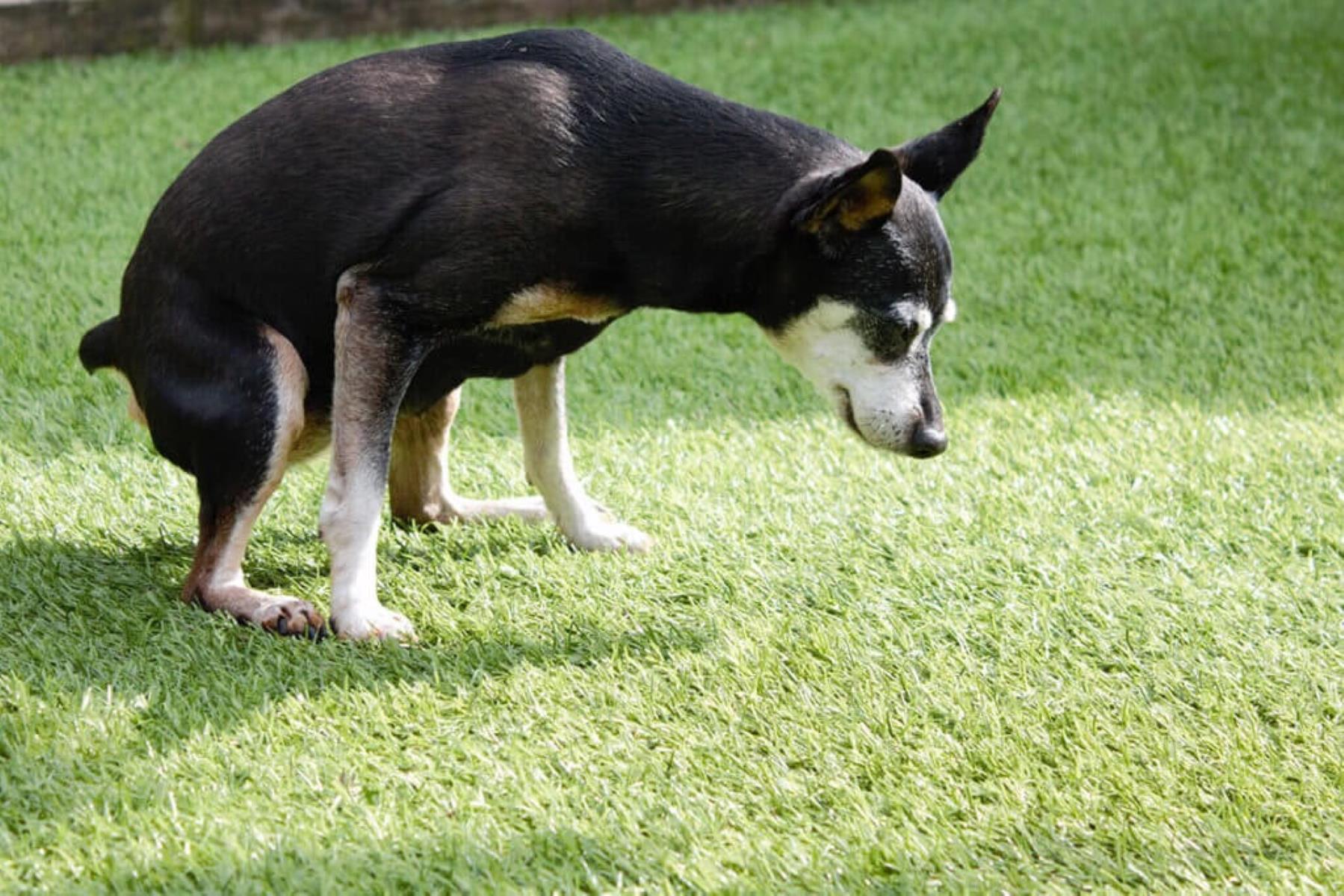
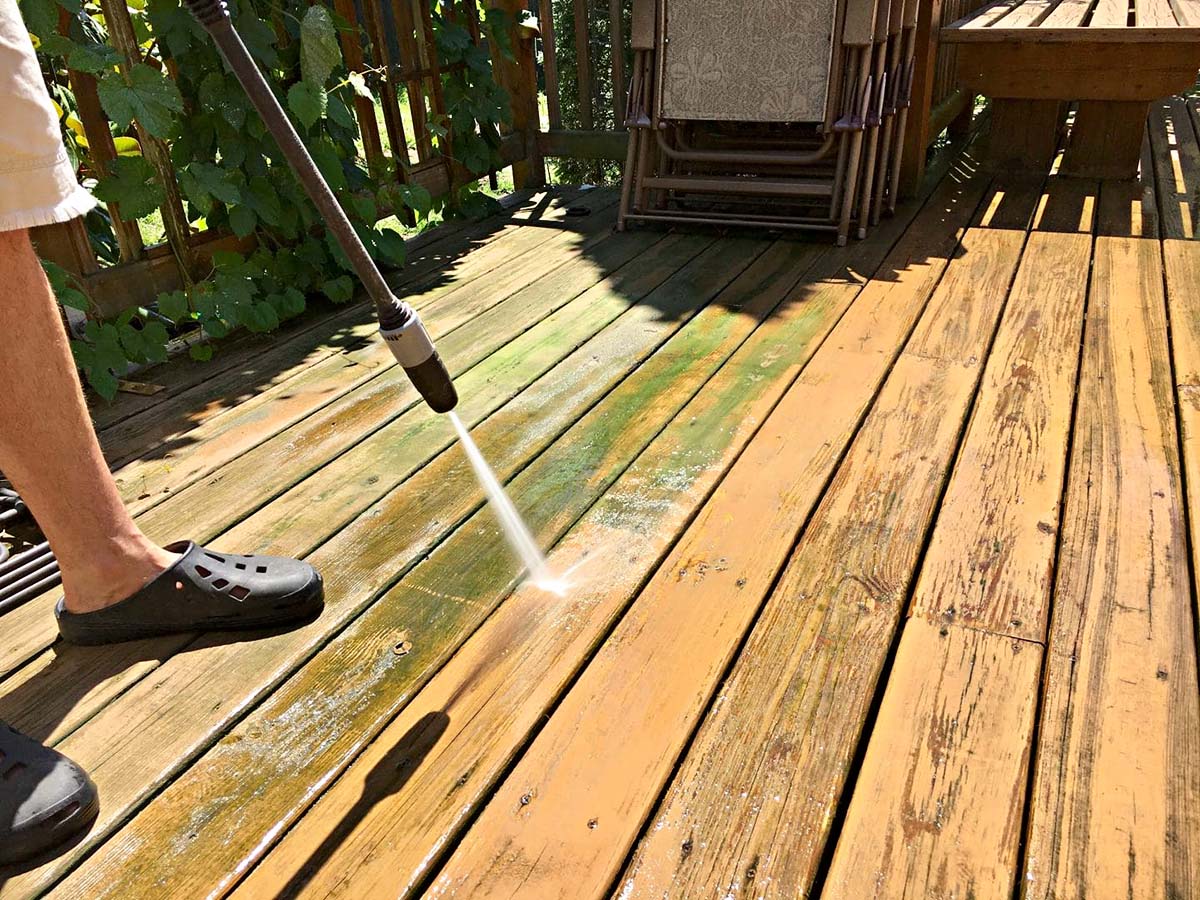
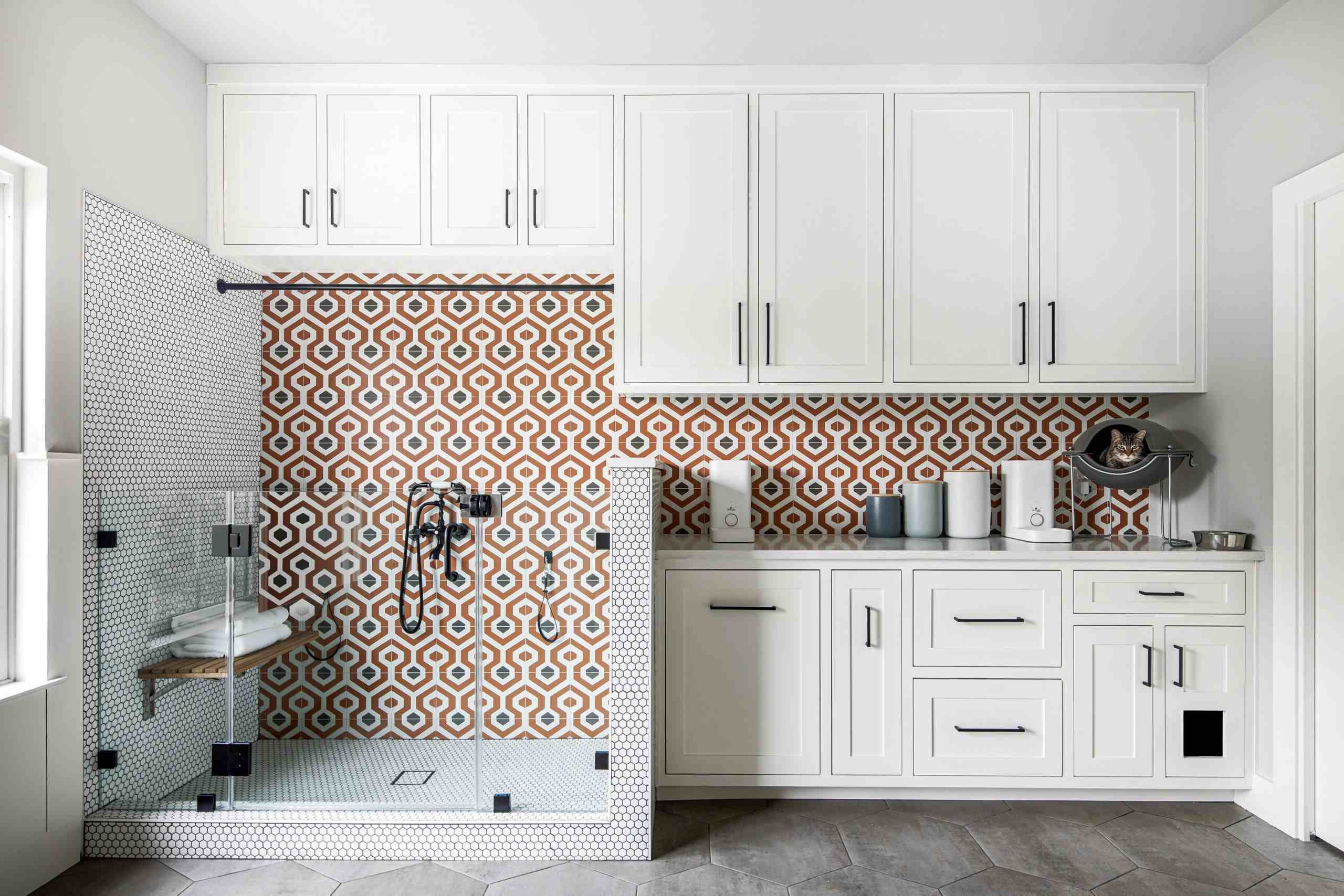
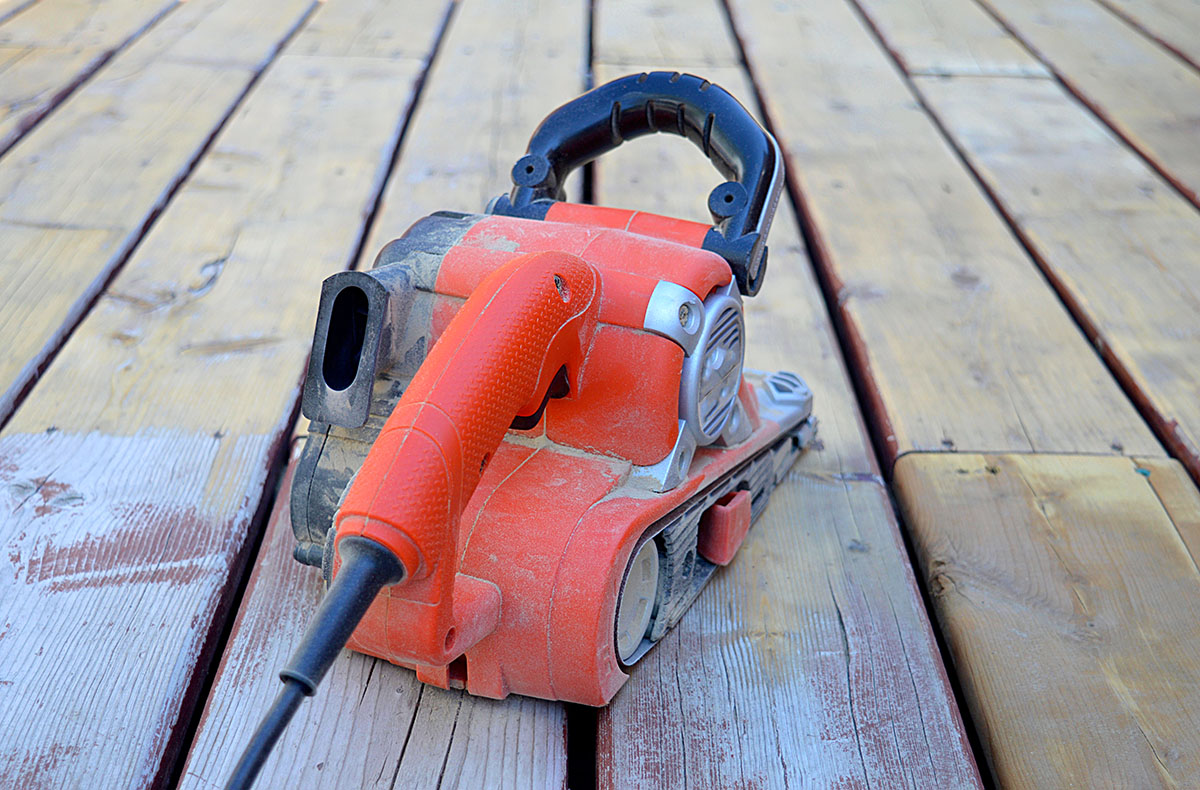
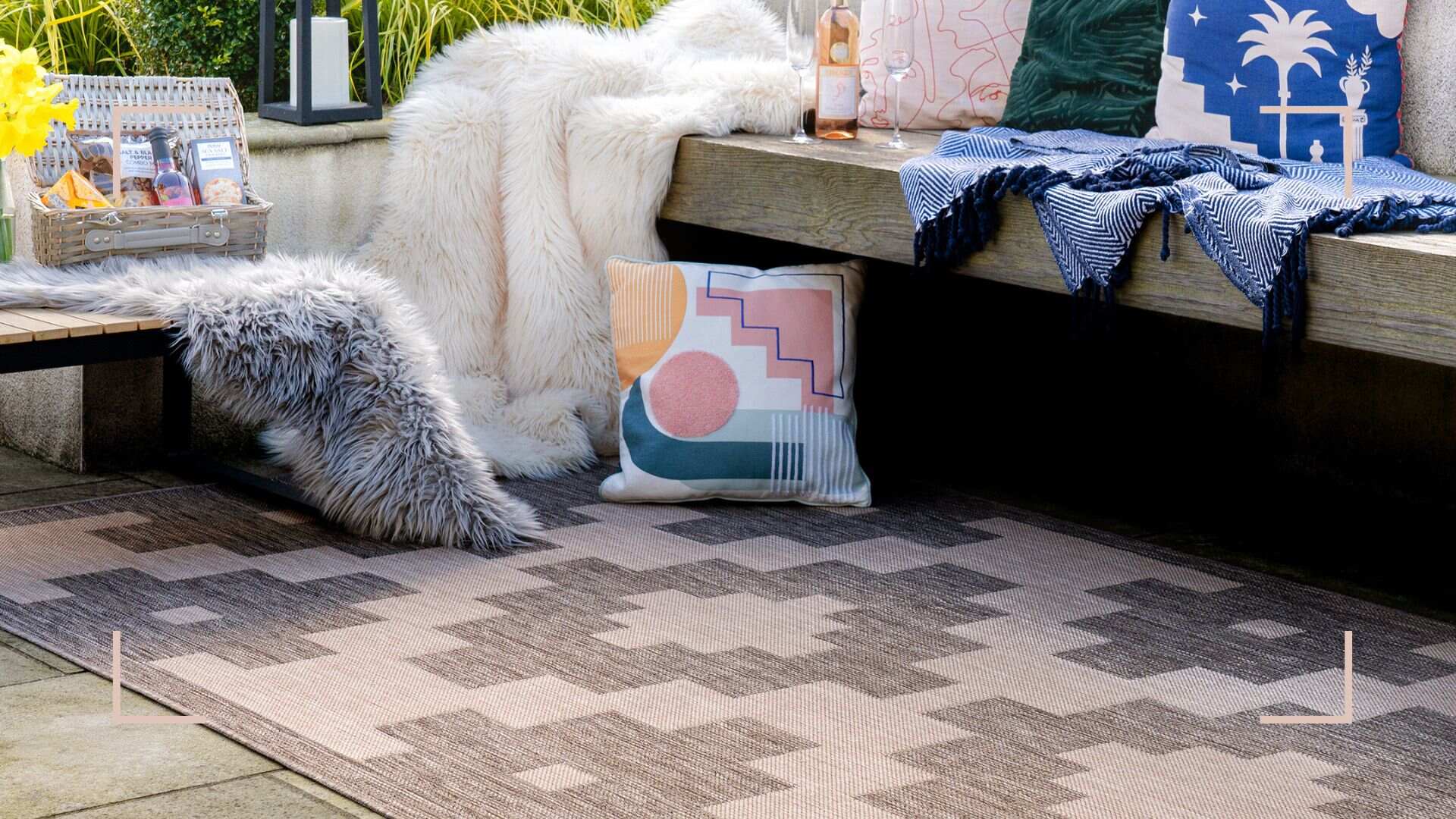
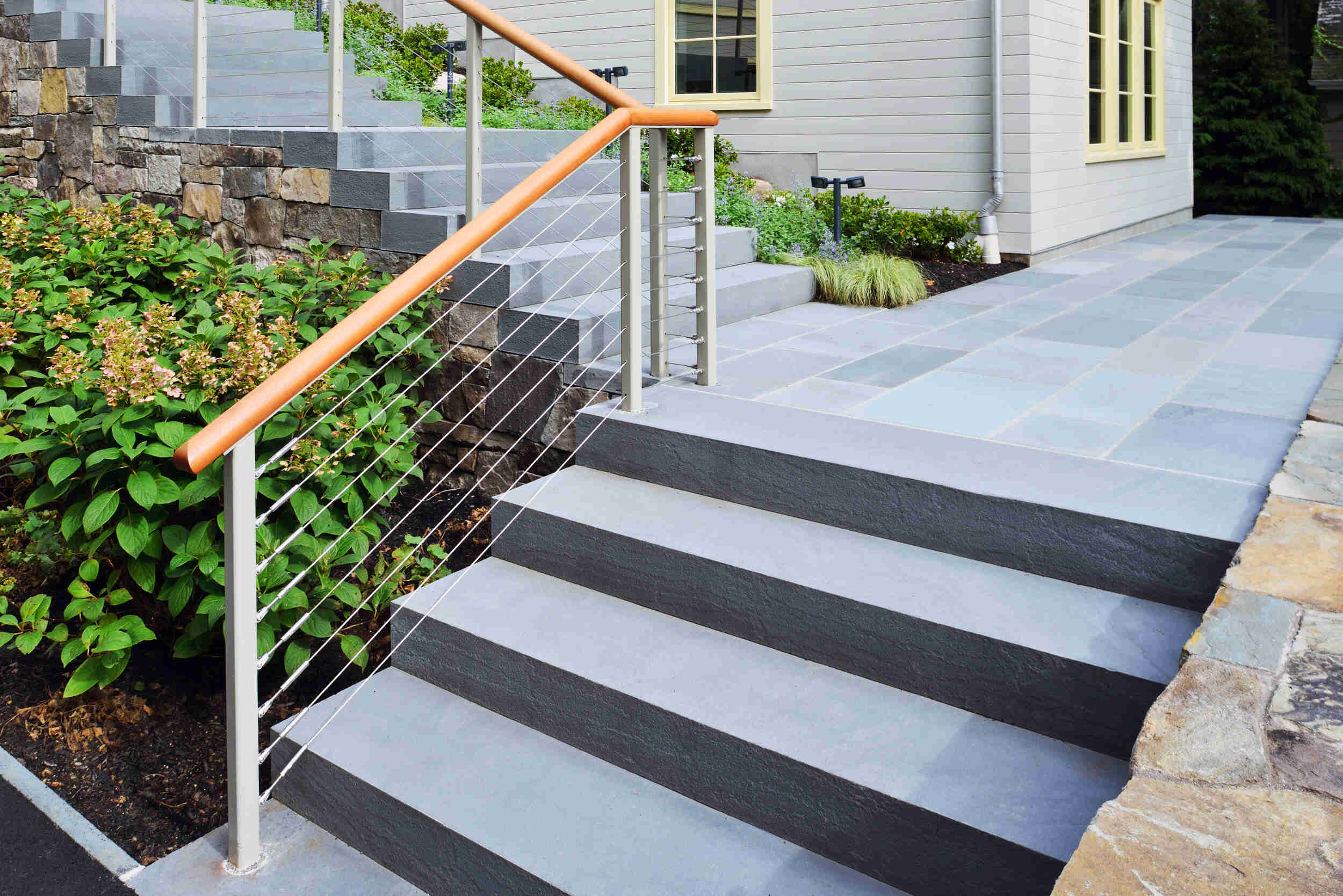
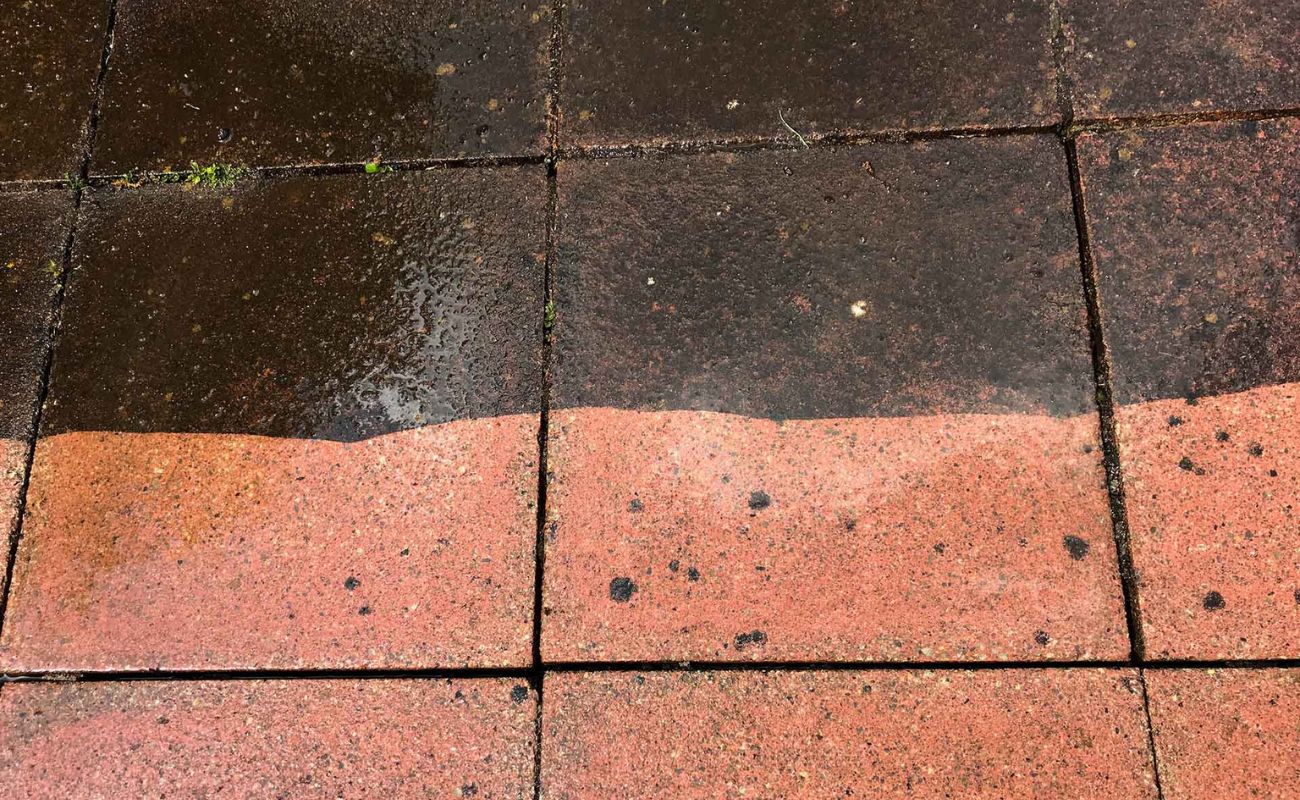
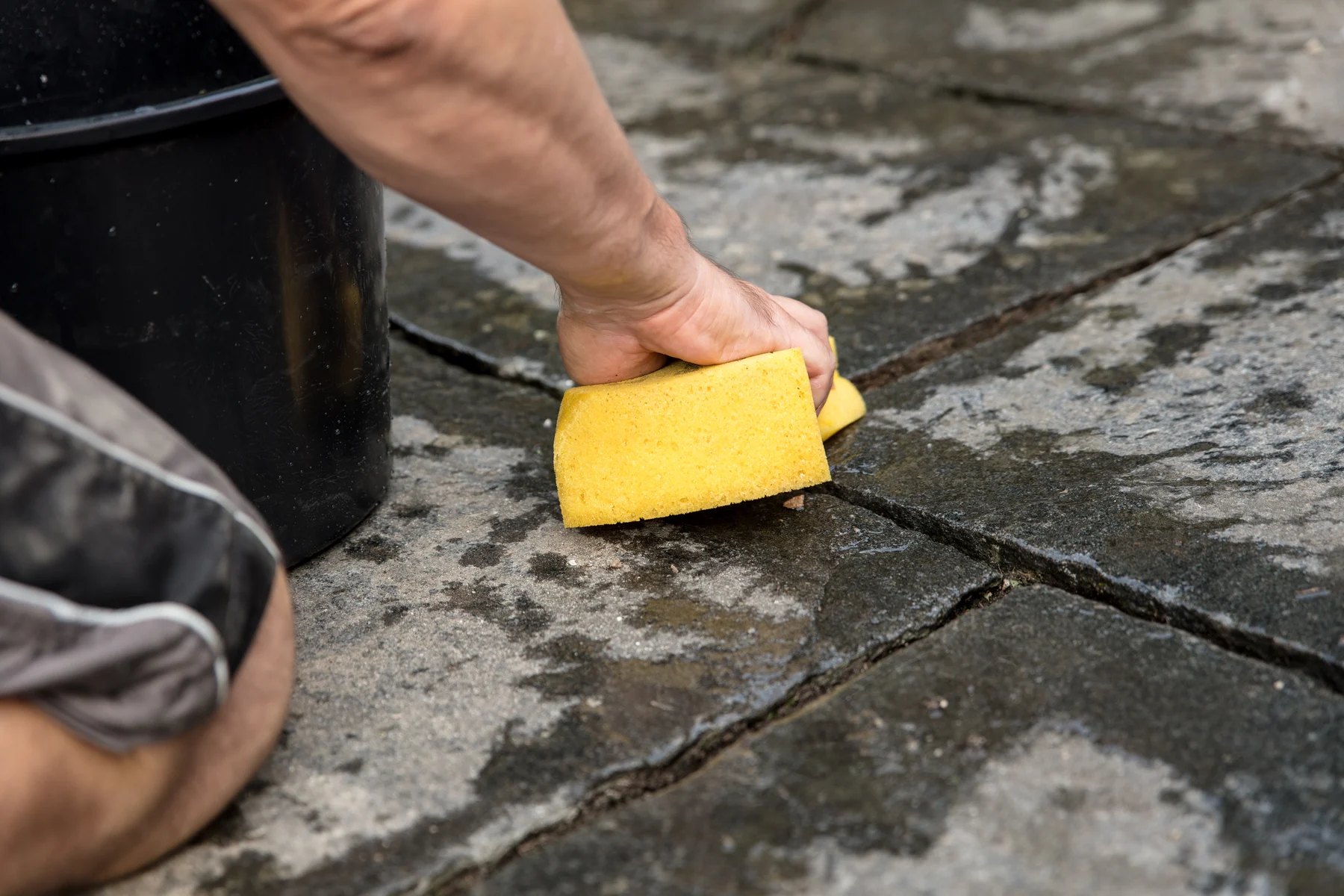
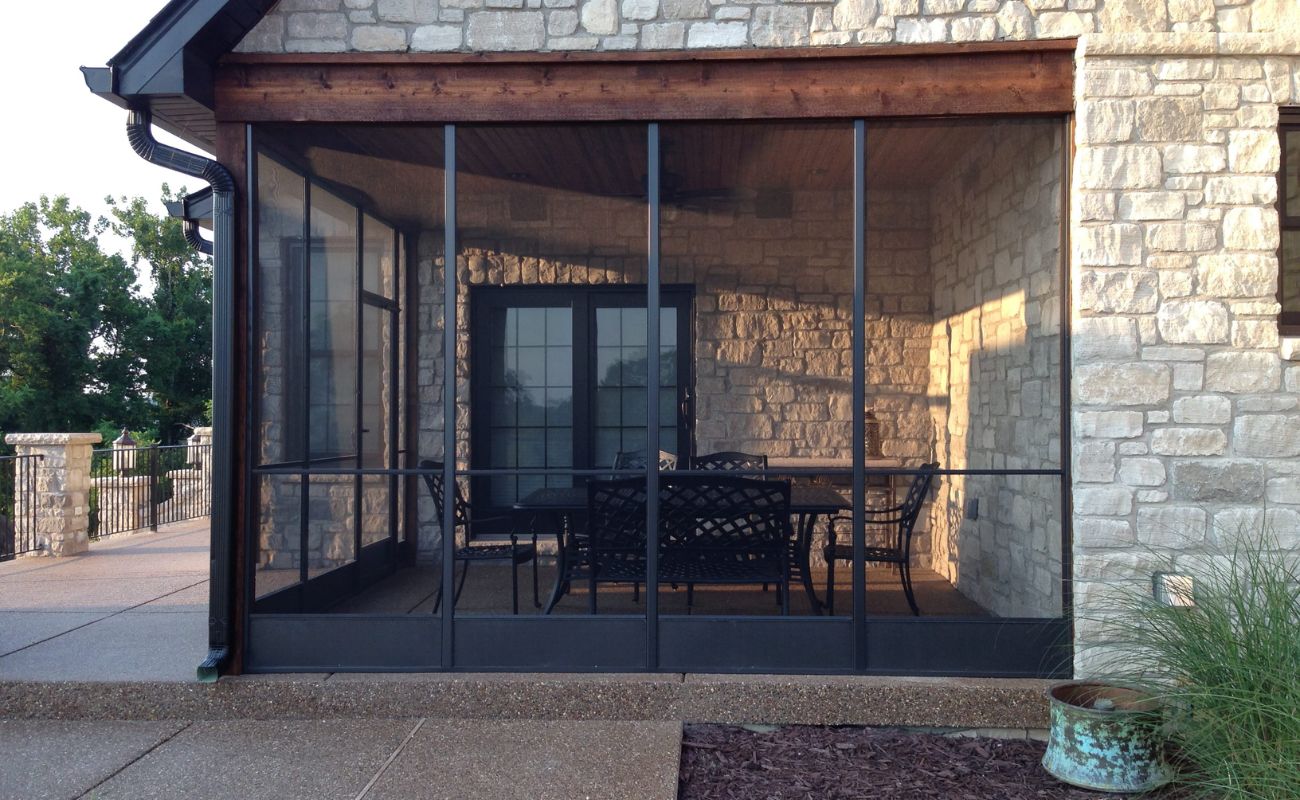

0 thoughts on “How To Clean Your Artificial Pet Grass”